By David Dodge, GreenEnergyFutures.ca
In 2021 Canada established an ambitious plan to transform Canada’s electricity generation to net-zero by 2035.
To support action on these goals the federal government is working on the development of a Clean Electricity Standard, which they have rebranded as a Clean Energy Regulation.
The federal government has published a framework for this regulation, and is gathering input on how to make it work and many organizations, industries and lobbyists have weighed in.
A Clean Energy Standard would establish an “emissions performance standard” in the form of tonnes of greenhouse gas emissions per gigawatt hour of electricity produced. This “would be set at a stringent, near-zero value.”
This is a seemingly simple mechanism, but how the regulation will work is a very complicated thing which could steer the grid to net-zero or build in an abundance of loopholes.
Using renewable energy to build a zero emissions grid
Stephen Thomas is the Clean Energy Manager with the David Suzuki Foundation who also was an author of their report “Shifting Power Zero Emissions Electricity Across Canada by 2035.”
Clean Energy Standards are typically described as technology agnostic, but it would create a favourable environment for proven renewable energy sources to thrive.
Thomas and his colleagues have created a pathway to net-zero that focuses on renewable energy.
“Here in Canada, we’re talking about wind electricity, solar, energy storage, and transmission, connections between provinces,” says Thomas.
But critics always point to the intermittency of renewable energy as the Achilles heel of solar and wind power. What do you when the winds don’t blow and the sun shines less in the renewable energy doldrums in January for example.
The answer from this report and the reports of many others lies in dramatically improving the transmission connections between provinces.
Short term battery storage can help with short term fluctuations, and pumped hydro dams can help store energy for longer periods, but by far the most efficient way to build a net-zero grid with significantly ramped up renewable energy is to interconnect provinces that have hydro dams with provinces that have significant potential to produce solar and wind energy.
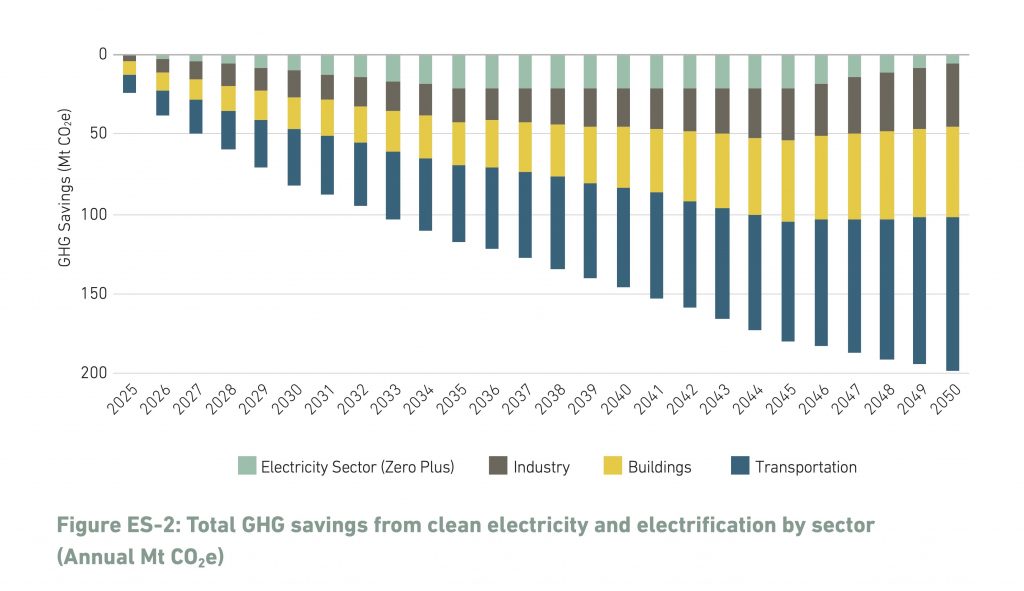
The economic opportunity of energy transition
Renewable energy is already booming in Alberta and indeed 95% of all the new renewable energy built in Canada in 2022 was built in Alberta and Saskatchewan.
The way it would work is simple. When Alberta produces too much renewable energy it is sold to British Columbia that has large hydro resources and the ability to use that energy and save hydro power for later use.
In the short days of winter when the wind isn’t blowing BC sells hydroelectricity back to Alberta. It’s a win-win.
Saskatchewan with its rich wind and solar power resources sits adjacent to Manitoba with abundant hydro energy. The same can be said of Ontario and Atlantic Canada that sit adjacent to Quebec with its abundant hydroelectricity. This checkerboard of hydro next to renewable solar and wind power is the foundation of the renewable energy pathway.
“Something that’s counterintuitive is that provinces where those emissions are high today or where we have a history of oil and gas development, like Alberta and Saskatchewan are some of the best places to build wind and solar,” says Thomas.
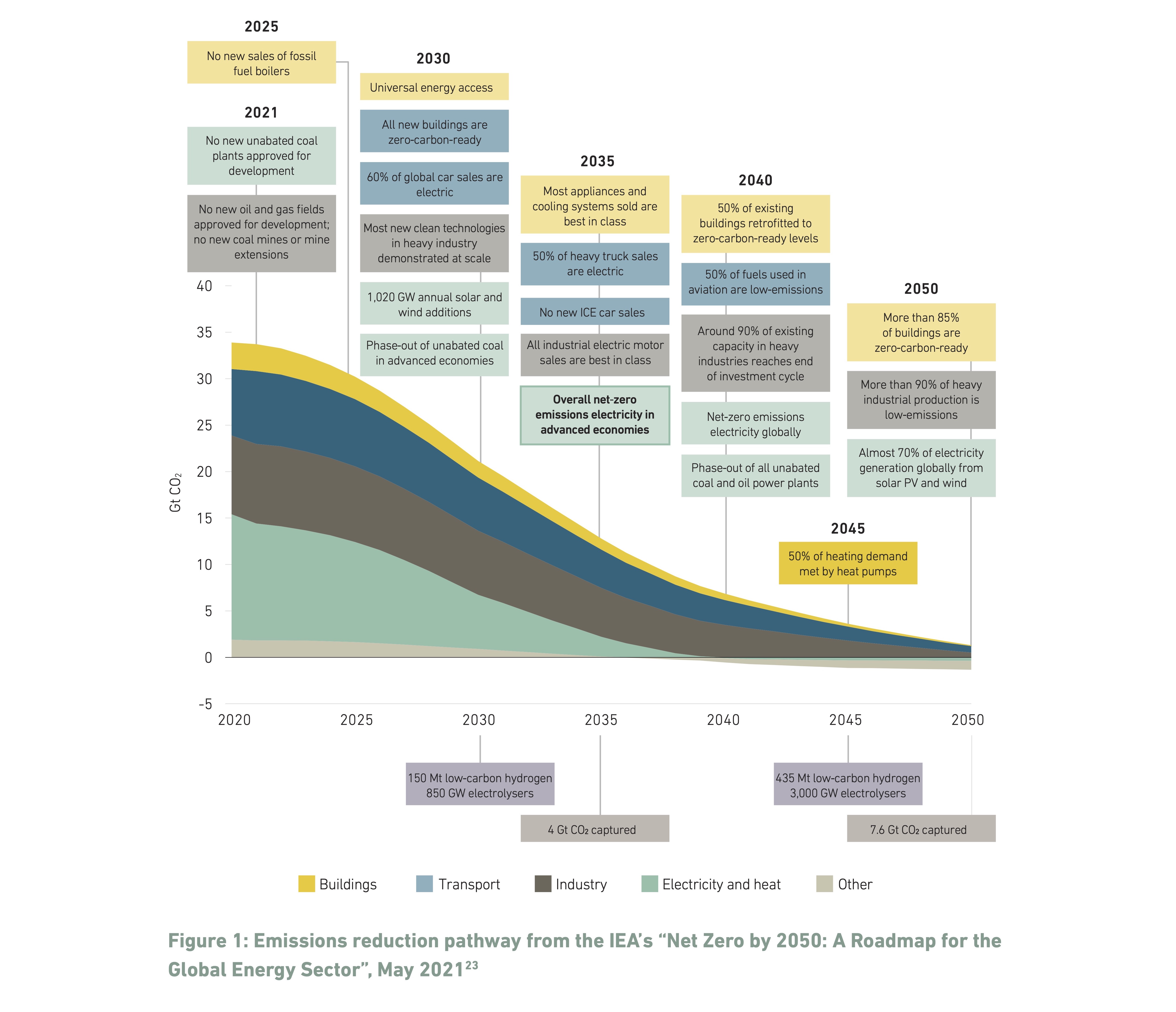
The benefits of sharing renewable energy
“A connection between Alberta and BC for sharing that electricity resource back and forth, not only benefits Alberta … it also benefits British Columbia,” says Thomas.
In short Alberta sells excess renewable energy to B.C. and B.C. sells hydro energy back to Alberta.
And this is key. Electricity falls under provincial jurisdictions across Canada. It’s critical that all provinces benefit from improvements to transmission and energy sharing. This, Thomas says will require significant leadership from the federal government and ultimately funding to make it happen.
While Alberta, Saskatchewan and Nova Scotia has the most work to do to eliminate emissions from their grids, they also stand to benefit from billions in investment in the new renewable energy technologies. Alberta already has the best regulatory environment which is already supporting billions of dollars of renewable energy projects.
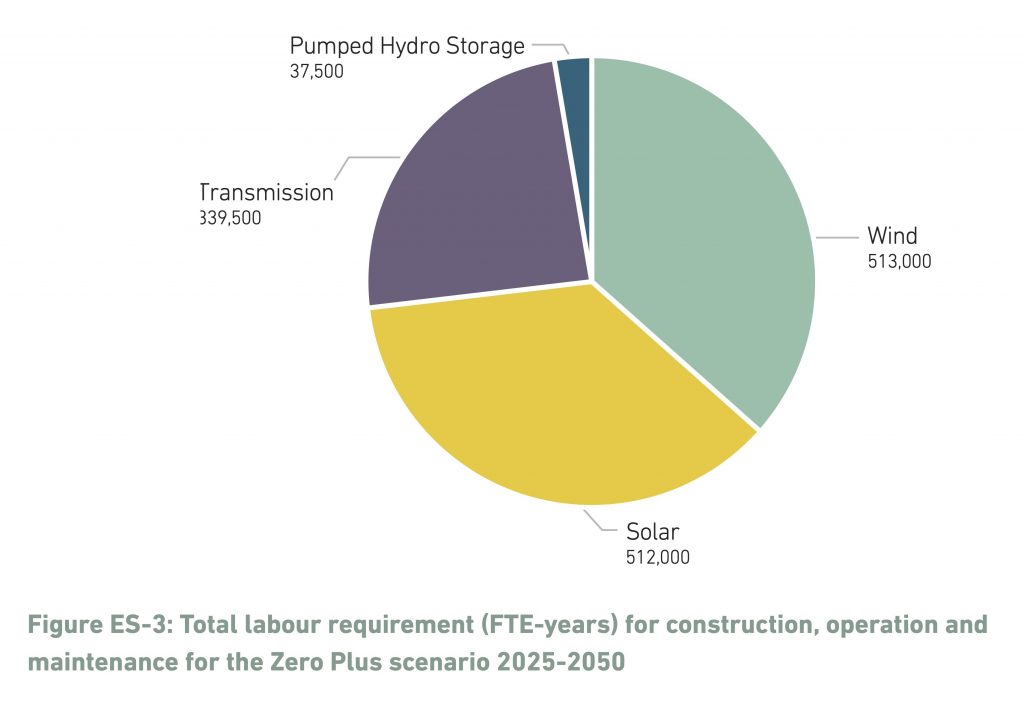
Canada needs double or triple the electricity
Clean electricity is foundational to Canada getting to net-zero because it also helps reduce emissions in buildings, transportation, and industry. The move towards electrification will require two to three times more electricity to power electric vehicles, heat pumps in buildings and processes in industry.
“We’re talking about more than 18 times the amount of wind and solar that we have on the grid today by the year 2050,” says Thomas.
The transition brings all sorts of co-benefits that are hard to quantify, says Thomas, things like health, investment and jobs.
“In our report, we only looked into the construction and operation jobs of wind, solar, and those transmission connections. But in that alone, It was more than 75,000 jobs created every single year, 1.5 million job years over this period between now and 2050,” says Thomas.
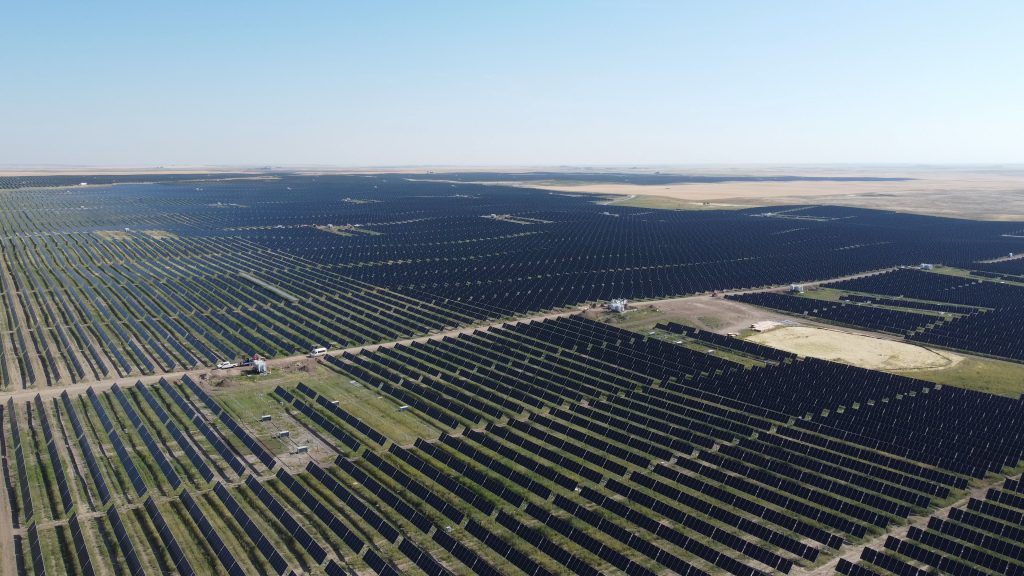
The David Suzuki Foundation, the Canadian Renewable Energy Association and many others believe that a net-zero grid based on renewable energy can be achieved that is both affordable and reliable.
The Suzuki report does not deal with hydrogen in any detail and questions whether carbon capture and storage is an economically viable way to eliminate emissions from fossil fuel plants such as natural gas.
Thomas says they instead focused on “safe bets” of cheap renewable energy.
But conventional industries have a major focus on hydrogen right now as a fuel for planes, trains, trucks and buses and for decarbonizing industry. But hydrogen must either use renewable energy to produce zero emissions green hydrogen or use expensive carbon capture and storage to reduce the emissions associated with using natural gas to make blue hydrogen.
The Clean Energy Standard is a big opportunity, but success will depend on getting better transmission, avoiding loopholes and sending the right long term signals.
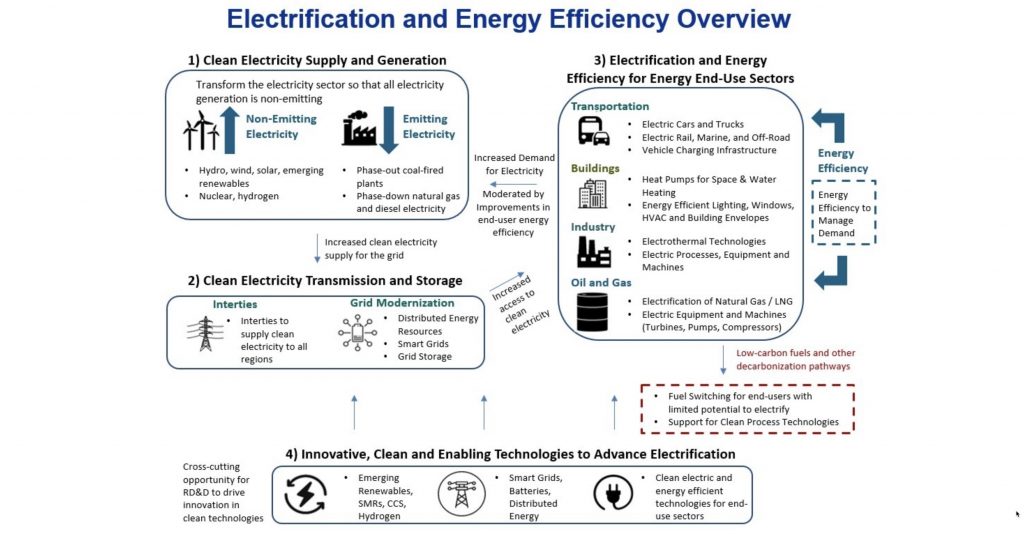
Canada’s Clean Energy Regulation Resources
The Government of Canada describes the goals and framework for the Clean Electricity Regulation.
The David Suzuki Foundation report Shifting Power: Zero Emissions Electricity Across Canada by 2035 maps out a renewable energy pathway to net-zero.
Resources for the Future has completed an in-depth report on the options for implementing a Clean Energy Standard.
The Canadian Climate Institute explores the clean energy regulation here.
Clean Energy Canada has released Establishing Clean Electricity Standard a paper with eight recommendations for the new Clean Energy Regulation.
The Pembina Institute has also weighed in with recommendations on the creation of a Clean Energy Standard in Canada.

